Rising Demand in Animal Feed
The Potassium Propionate Market is also witnessing a surge in demand from the animal feed sector. Potassium propionate serves as a feed preservative, enhancing the stability and shelf life of animal feed products. With the increasing focus on livestock health and productivity, the incorporation of potassium propionate in feed formulations is becoming more prevalent. Market analysis suggests that the animal feed segment is expected to grow at a compound annual growth rate of around 4% over the next few years. This growth is indicative of the rising awareness among farmers regarding the benefits of using potassium propionate, thereby propelling its demand within the Potassium Propionate Market.
Regulatory Support for Food Additives
The Potassium Propionate Market benefits from favorable regulatory frameworks that support the use of food additives. Regulatory bodies have recognized potassium propionate as a safe and effective preservative, which encourages its adoption across various food sectors. This regulatory backing is crucial, as it instills confidence among manufacturers and consumers alike. Furthermore, the increasing emphasis on food safety and quality standards is likely to bolster the demand for potassium propionate in food preservation. As regulations evolve to accommodate the growing need for safe food products, the Potassium Propionate Market is poised for growth, with an anticipated increase in usage across multiple applications.
Increasing Application in Bakery Products
The Potassium Propionate Market is experiencing a notable increase in demand due to its extensive application in bakery products. This compound acts as a preservative, extending the shelf life of baked goods while preventing mold growth. As consumers increasingly seek fresh and long-lasting products, the use of potassium propionate in bread, cakes, and pastries is likely to rise. Recent data indicates that the bakery segment accounts for a substantial share of the overall market, with projections suggesting a growth rate of approximately 5% annually. This trend underscores the importance of potassium propionate in maintaining product quality and safety, thereby driving its adoption in the Potassium Propionate Market.
Consumer Preference for Natural Preservatives
The Potassium Propionate Market is influenced by a shift in consumer preferences towards natural and clean label products. As consumers become more health-conscious, there is a growing demand for food products that contain fewer artificial additives. Potassium propionate, being a naturally derived compound, aligns well with this trend. Market Research Future indicates that products labeled as containing natural preservatives are gaining traction, with sales in this category expected to rise significantly. This consumer behavior is likely to drive manufacturers to incorporate potassium propionate into their formulations, thereby enhancing its presence in the Potassium Propionate Market.
Technological Advancements in Production Processes
The Potassium Propionate Market is benefiting from technological advancements that enhance production efficiency and product quality. Innovations in manufacturing processes allow for the more effective synthesis of potassium propionate, resulting in higher purity levels and reduced production costs. These advancements are crucial as they enable manufacturers to meet the increasing demand for potassium propionate across various applications. Furthermore, improved production techniques may lead to a decrease in environmental impact, aligning with sustainability goals. As technology continues to evolve, the Potassium Propionate Market is likely to experience enhanced growth opportunities, driven by both efficiency and sustainability.


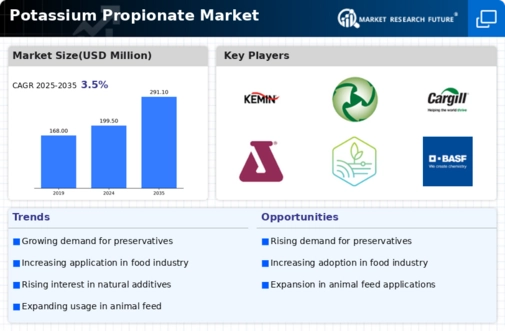
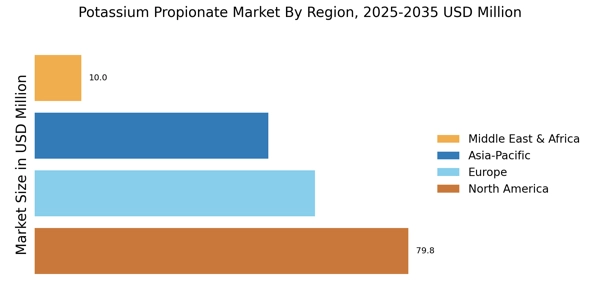


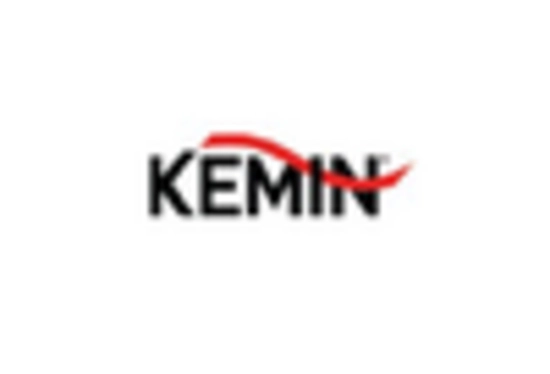
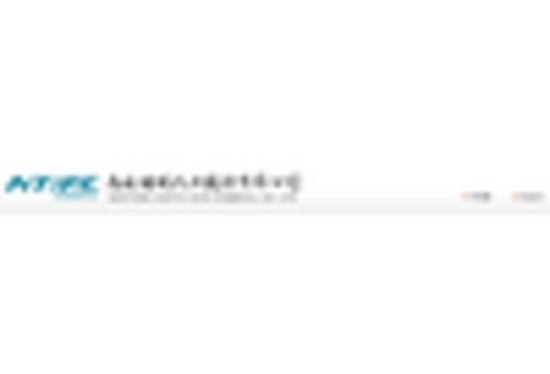

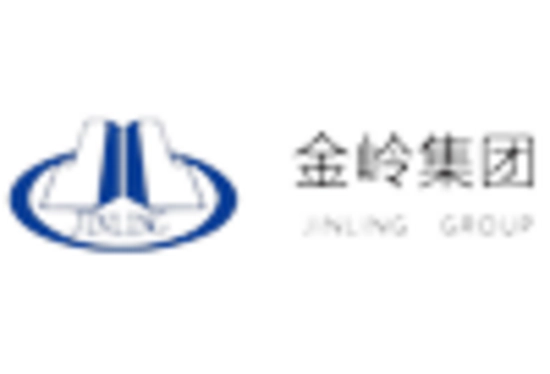








Leave a Comment